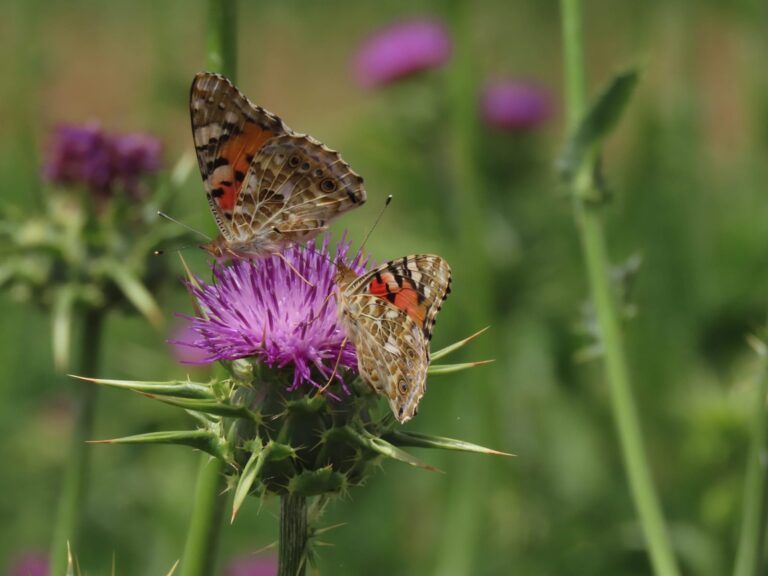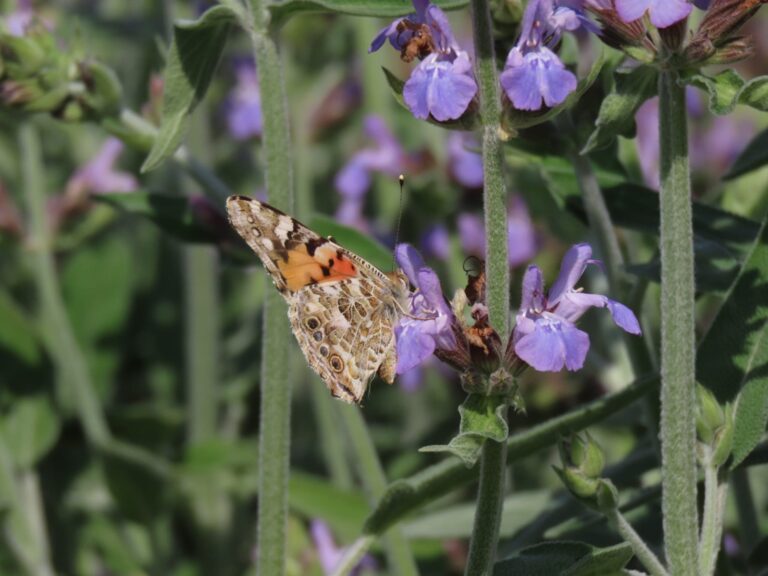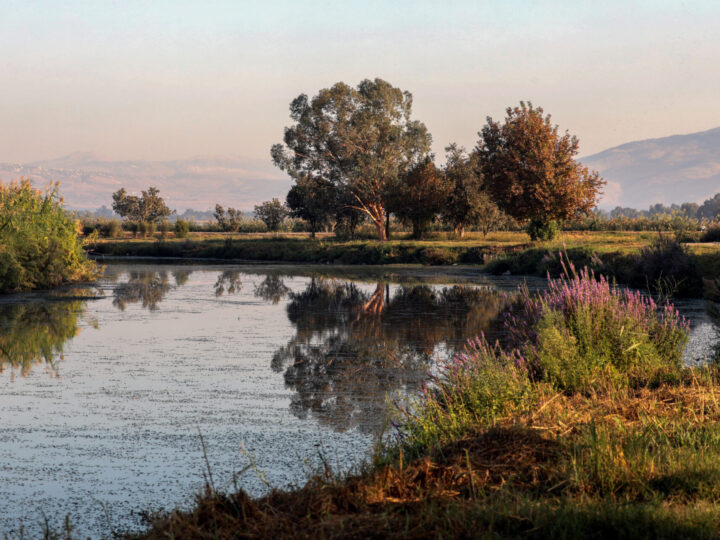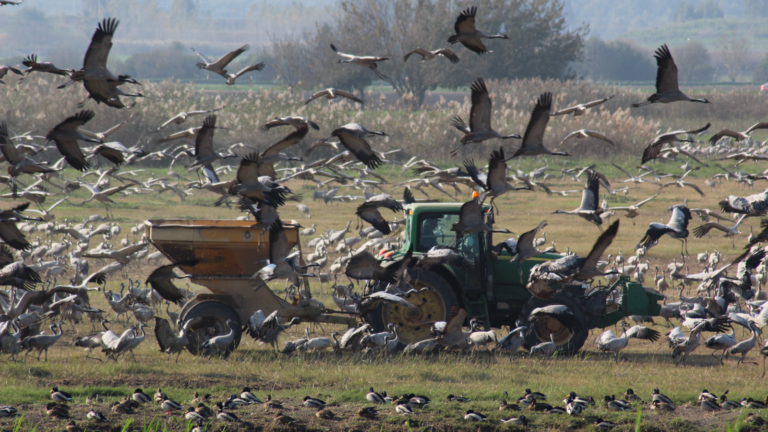Nothing spells spring like butterflies, and up north at Israel’s Hula Lake you can feast your eyes on thousands of them at any given moment, thanks to peak migration season.
“The species of butterflies currently migrating is painted lady butterflies, which arrived here from the Arabian Peninsula on their way to Europe,” explains Inbar Shlomit Rubin, the field, content and guide manager at the KKL-JNF Hula Lake Park.

“And yet, it’s not the same butterfly that emerged from the cocoon in Saudi Arabia that will end up in England. Instead, what we’re seeing is multigenerational migration. They reproduce during migration, and the next generation continues the migration and also returns once the days turn shorter and colder.
“Once the egg is laid, the whole metamorphosis lasts about 40 days, out of which they’re a butterfly for a period of two weeks to 25 days,” she adds. “The butterflies currently here are very busy laying eggs right now. The egg will turn into a caterpillar within four to six days, and the caterpillar turns into a butterfly within two to three weeks. This whole time, they carry on migrating, because the new generation hatches, becomes a butterfly and begins migrating.”
Butterfly festival
This weekend, April 14-15, a butterfly festival at Hula Lake Park offers butterfly and flower tours, children’s shows, a butterfly photography exhibition and workshops.

“When you stand quietly for a moment, your whole surroundings fill up with butterflies. It’s a captivating and very moving experience,” Rubin says.
This year, Israel can expect millions of butterflies to pass through its skies – and not for the first time. Back in 2019, many millions of painted lady butterflies fluttered through the country on their way to Cyprus and onward elsewhere in Europe.
Like then, Rubin says, the mass migration is due to weather conditions in the Arabian Peninsula.
Caterpillars, Rubin explain, can wait for a long time for optimal food conditions before turning into butterflies, and therefore wait for wet weather for their final metamorphosis.
“When there are very strong rains in the Arabian Peninsula, especially in Saudi Arabia, there’s flooding,” Rubin notes. “There’s no rain, no rain, no rain – and then very suddenly very strong rains, and all the butterflies emerge at once, leading to this phenomenon of millions of butterflies.”
“About three months ago, there was a news item on flooding in Saudi Arabia, and I thought to myself, ‘Wow, it’s going to be very pretty here in the spring,’” she tells ISRAEL21c.















